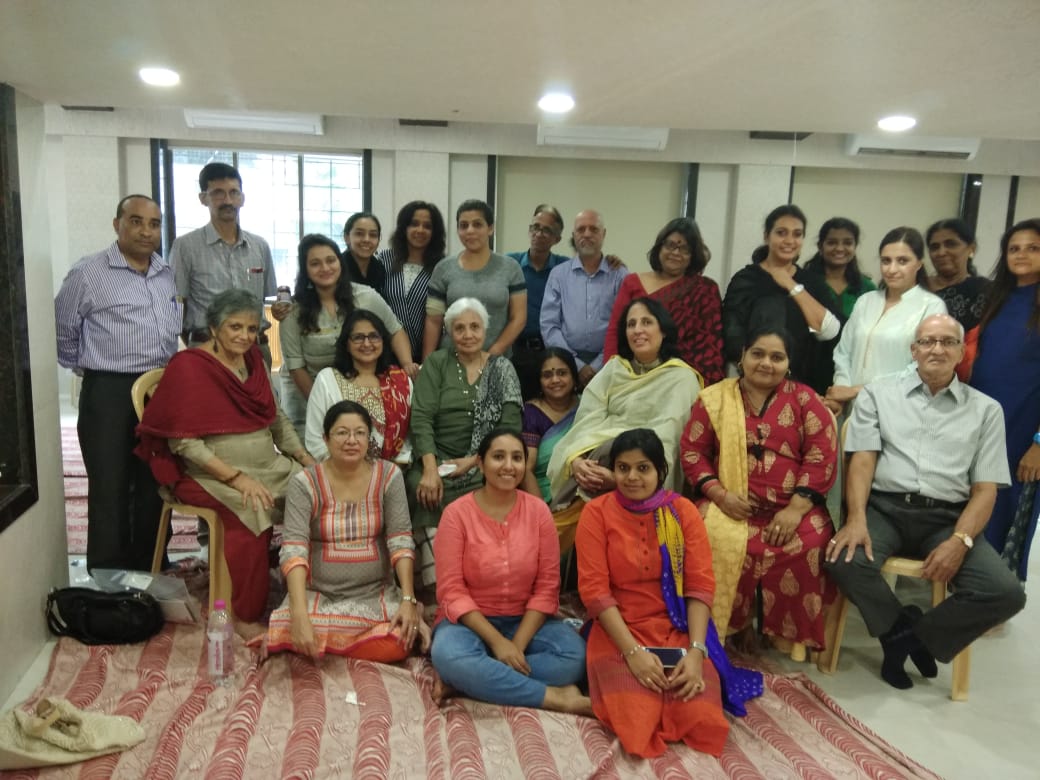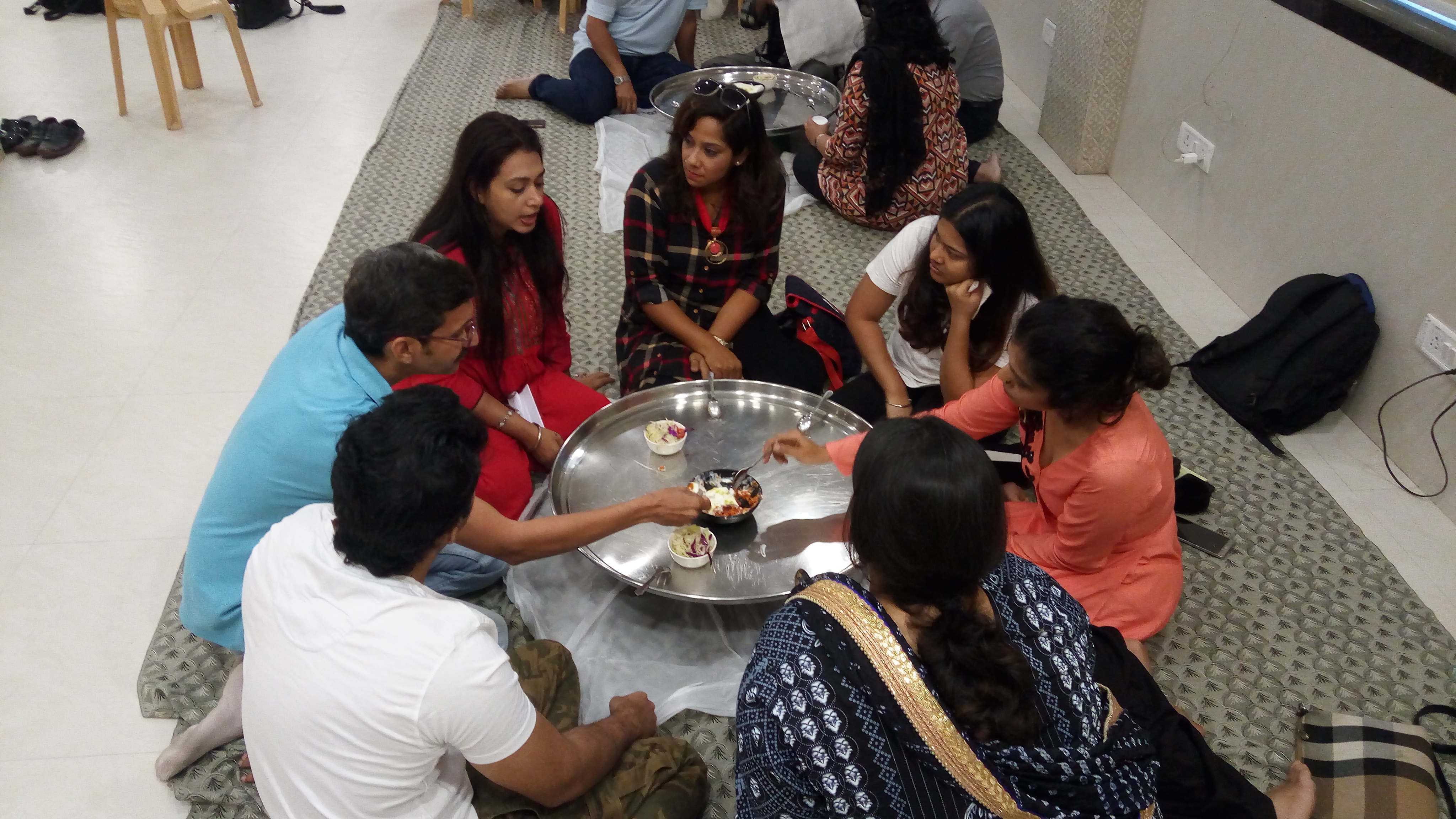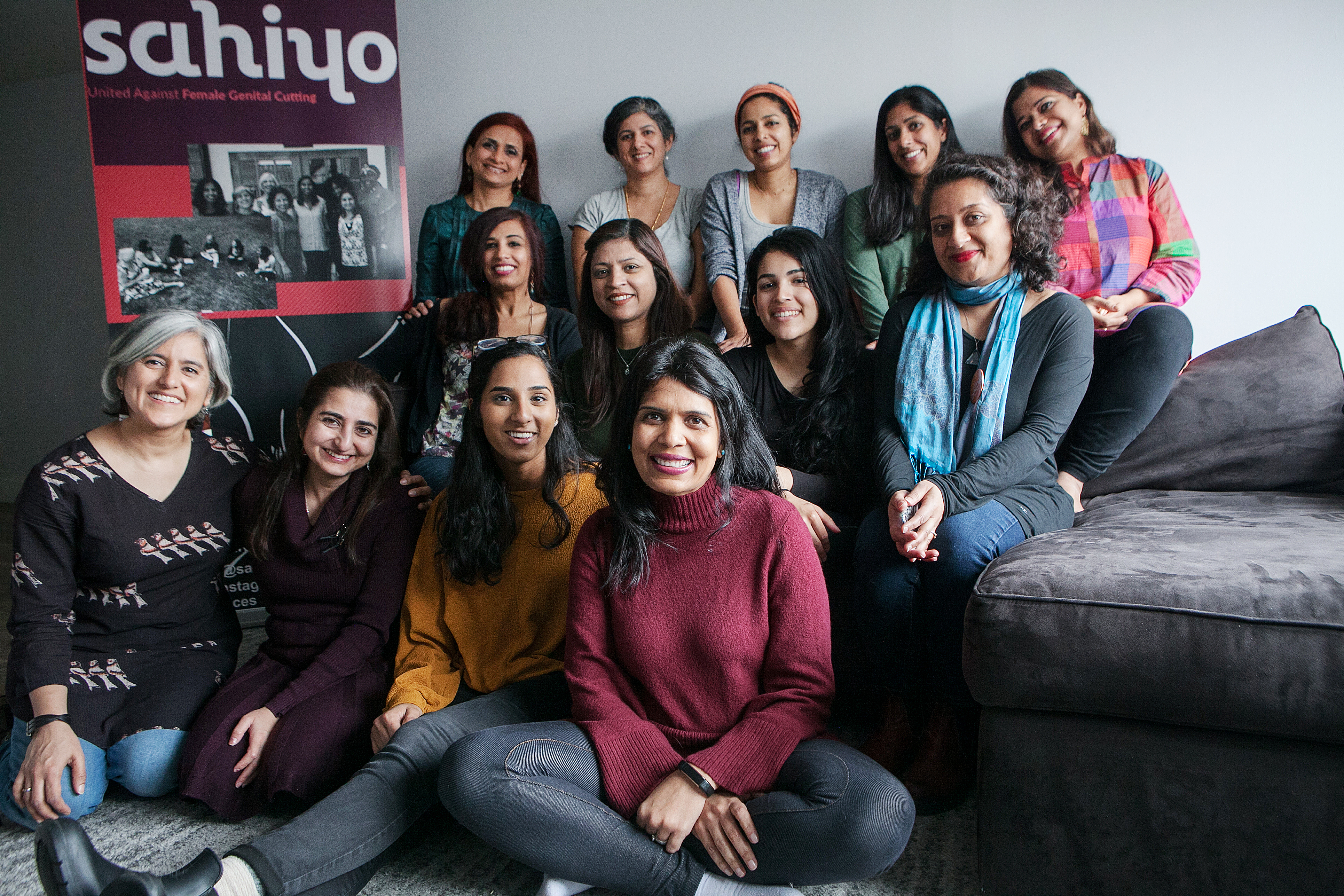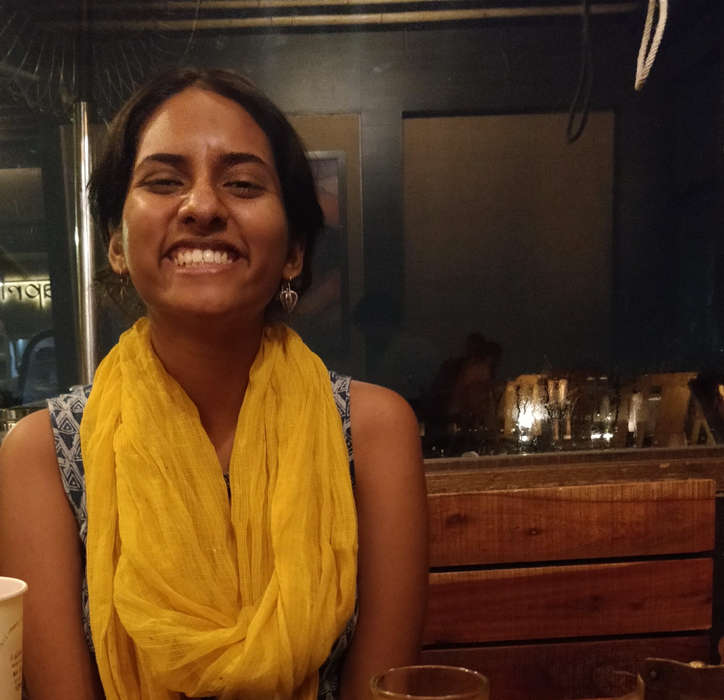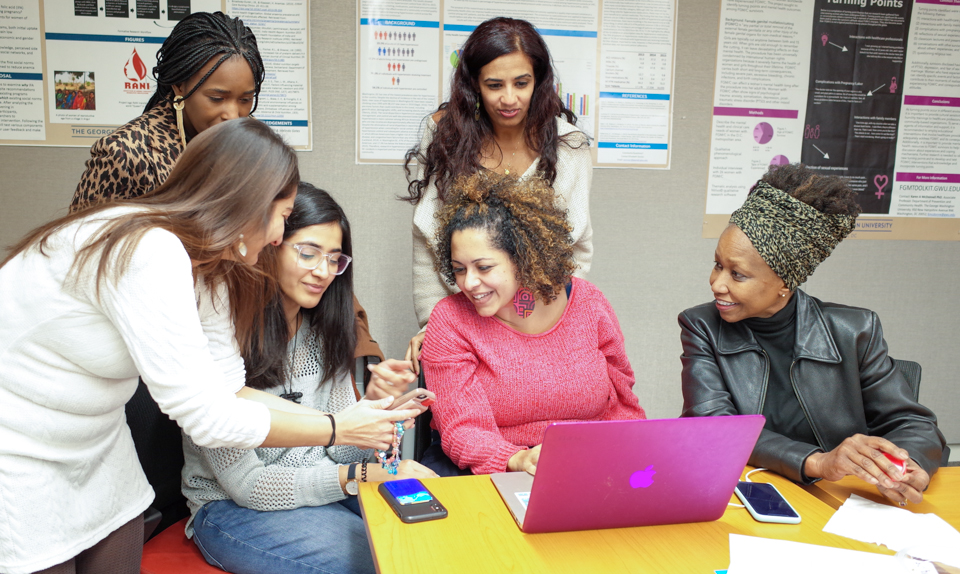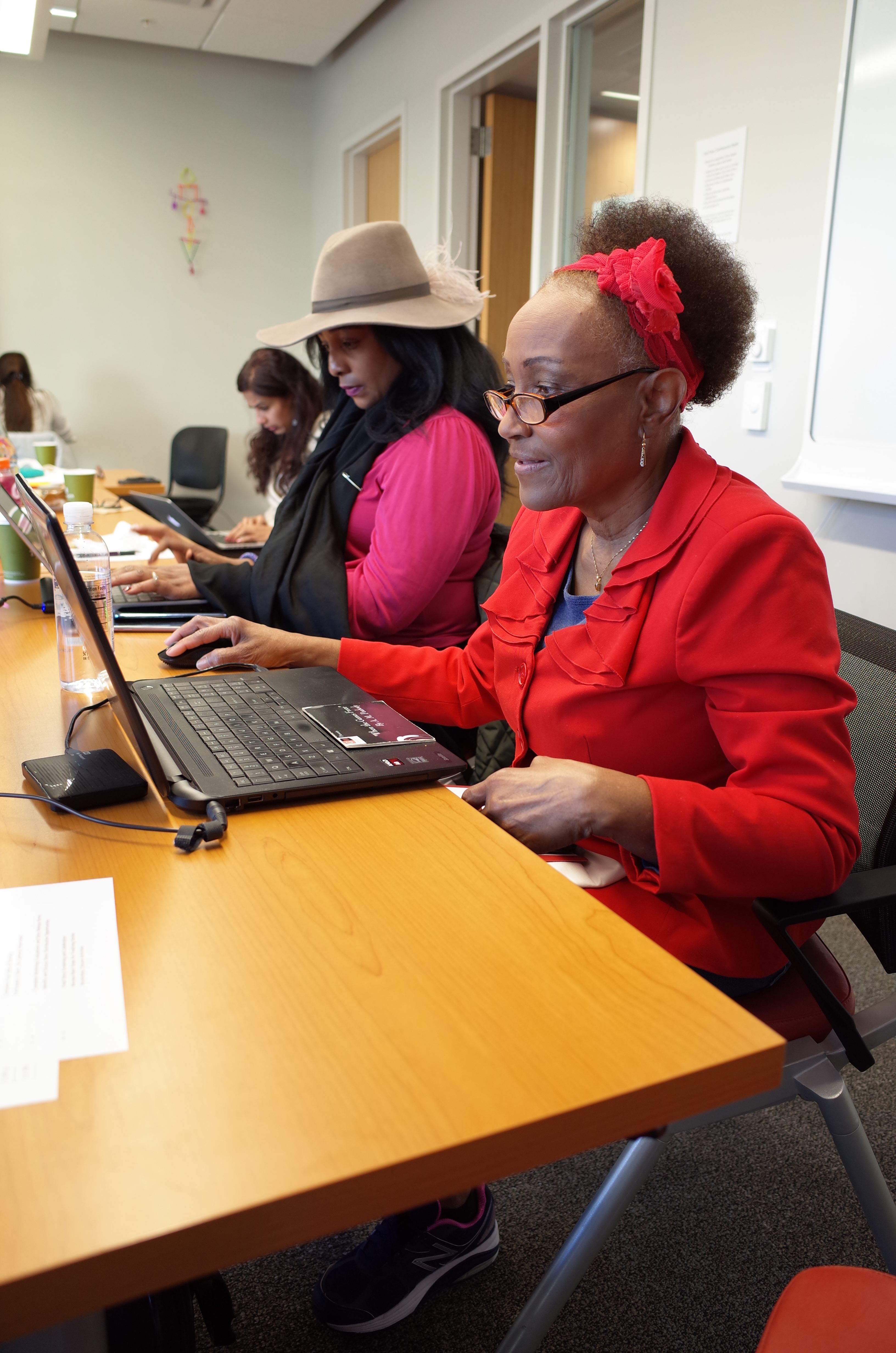By Sahiyo
2020 is here, and we at Sahiyo are excited. 2020 brings with it not just a new year, but the dawn of a new decade of hope and hard work for our global movement to end female genital cutting (FGC). This is the decade in which we must give it our all, because we have pledged to achieve the United Nations Sustainable Development Goal of eliminating Female Genital Mutilation/Cutting by 2030.
As we look forward to the 2020s, we cannot help but look back at the 2010s for inspiration. The last decade has been game-changing, not just for Sahiyo or the movement against FGC among the Dawoodi Bohras, but for the anti-FGC movement in Asia as a whole.
At the start of 2010, FGC was still considered an “African” problem, and Asian countries were barely on the map of the places where FGC is prevalent. Today, we know that FGC is truly and disturbingly a global phenomenon putting 3.9 million girls at risk every year, as you can see in this map created by Orchid Project:
Nearly half the countries on the map above are not yet included in the UN’s official list of 30 countries where 200 million women and girls have undergone FGC. In the 2020s, let us work to ensure that this information gap is bridged, so that Asian survivors of FGC are officially recognised.
In fact, you can start now by signing Sahiyo’s petition asking the global community to invest in research on FGC prevalence and advocacy and support services to end FGC in Asian countries.
But first, let’s take a look back at the biggest milestones of the 2010s from Sahiyo’s perspective.
The birth of Sahiyo:
In late 2011, ‘Tasleem’, an anonymous Dawoodi Bohra woman from India, started a Change.org petition asking the Syedna, the religious leader of the Dawoodi Bohra sect, to call for an end to FGC in the community. Although there had been scattered attempts to call out the secretive practice of FGC among the Bohras in the 1980s and ‘90s, they drew limited attention and the practice continued to be shrouded in silence.
Tasleem’s petition, however, received nearly 3,500 signatures, triggered a spate of media reports on FGC in India, and inspired a few Bohra women, like Aarefa Johari and Farida Dariwala, to speak out publicly about their experiences of FGC.
The media reports on FGC at the time also inspired Sahiyo co-founder Priya Goswami to make A Pinch of Skin, the first documentary film on FGC among Dawoodi Bohras in India. As Goswami’s film won the 2013 National Award for the best documentary in India, the taboo topic of FGC remained alive in the media, sparking private conversations between like-minded Bohra women all over the world who were keen to see an end to FGC.
In late 2014, five of those women banded together to create a formal platform that would work to end FGC among Bohras and Asian communities at a transnational level. That platform — Sahiyo — was eventually founded in mid-2015.
Breaking the silence, once and for all:
In 2015, the private conversations on FGC among Bohras also burst into the public sphere with the launch of WeSpeakOut (known as Speak Out on FGM at the time).
WeSpeakOut started as a private women’s WhatsApp group spearheaded by Masooma Ranalvi. In October 2015, the group launched a Change.org petition addressed to the Indian government, seeking a legal ban on FGC in India. Seventeen Bohra women publicly put their name to the petition, and the response was huge and immediate: media all over India began writing about FGC among Bohras, community leaders were forced to respond, and the silence about FGC among community members was broken for good. More than 200,000 people have signed the petition so far.
From 2015 to 2019, we have watched the movement against FGC snowball into a global force that communities have not been able to ignore. There are now dozens of Bohra women fearlessly speaking out about their FGC experiences, signing up as Sahiyo volunteers, attending our events and pledging not to cut their daughters. Women and men have faced backlash from their families and communities for speaking out, but the movement has only grown stronger.
Research and investigations:
In February 2017, Sahiyo released the results of the first-ever research study on FGC among Bohras: an online, exploratory survey that found an 80% prevalence rate of FGC among Bohra women respondents. Among those who were cut, 98% women reported feeling pain when they underwent the ritual. Interestingly, 81% of respondents did not want FGC to continue in the community.
In 2017, a Sahiyo investigation also revealed that FGC is being practiced by some communities in the South Indian state of Kerala, leading to furore in the region. Before this, it was believed that the Bohras are the only community in India practicing FGC.
In 2018, WeSpeakOut published a seminal field study on FGC among Indian Bohras. The study found FGC prevalent among 75% of the daughters of the respondents. At least 33% of the respondents who were cut reported that FGC negatively impacted their sexual lives.
More research on the FGC in Asian communities is the need of the hour, and we are aware of several studies that are currently underway in various parts of Asia. Continuous research can help us better understand not only the prevalence and impact of FGC on women and girls, but also the needs of survivors and trends towards abandonment of the practice.
Developments on the legal front:
The 2010s were a landmark decade for FGC on the legal front, particularly for the Dawoodi Bohra community.
Australia: In 2015, three Bohras — a mother, a nurse and a community leader — were convicted for performing FGC on two minor girls in Australia. This was Australia’s first case under its 1997 law banning FGC. However, the legal ups and downs did not end with the conviction in 2015.
In 2018, an appeals court overturned the convictions and acquitted the three accused Bohras, on the grounds that the girls’ genitals did not show any visible scarring after the ritual, and because the Australian law did not clearly define what kind of rituals qualify as FGC. In 2019, however, an Australian High Court once again flipped the verdict, overturning the acquittals, convicting the three Bohras again, and asserting that all forms of genital cutting are illegal.
India: In 2017, an Indian lawyer filed a public interest litigation in the Supreme Court of India seeking a legal ban on the practice of FGC. Other FGC survivors also joined in the petition and to counter it, a pro-FGC group called the Dawoodi Bohra Women for Religious Freedom filed a petition defending the practice of FGC on the grounds of religious freedom.
The Indian government responded to the petition by stating that FGC would be considered a crime under Indian laws dealing with child sexual abuse. However, the Indian government has made several contradictory statements about FGC since then.
The Supreme Court has now referred the FGC case to a larger bench that will look into matters of gender equality versus religious freedom. Will 2020 be the year in which India’s highest court picks women’s right to bodily integrity over religious freedom? We will have to cross our fingers, wait, and see.
United States: In 2017, two Bohra doctors from Michigan were among eight Bohras prosecuted for carrying out FGC on several minor girls. This was the first prosecution under the U.S.’s 1996 federal law banning FGC. In 2018, however, a U.S. district court judge ruled that even though the practice of FGC is “despicable” the federal law itself is unconstitutional. The judge ruled that FGC is a “local criminal activity” to be regulated by individual states rather than by the federal or national law.
Currently, 35 out of 50 U.S. states have laws against FGC. Among them, 17 states introduced anti-FGC laws in the 2010s, including Arkansas, Florida and Iowa.
In the 2020s, we must campaign for laws against FGC in every U.S. state, as well as in countries across the world.
Community engagement in 2020:
It is now globally acknowledged that laws alone cannot be effective in ending FGC. A deep-seated social norm can be changed only if law enforcement is preceded and constantly accompanied by rigorous community engagement, education and dialogue.
At Sahiyo, we have launched various campaigns and platforms to nurture this dialogue: the Each One Reach One campaign, the I Am Bohra photo campaign, our storytelling blog, Thaal Pe Charcha, Sahiyo Stories, Faces for Change, the Male Ally campaign, and of course, our annual Activists’ Retreats in India and the U.S. to train community members on effective methods of engaging with the community.
In 2020 and in the years to follow, we have many more advocacy campaigns planned. The first among them will be launching next month, in February 2020: Digital Stories from the Global Voices to End FGM/C program.
Follow @sahiyovoices on Twitter, Instagram and Facebook to stay updated about the movement to end FGC and to join in our efforts.
And so, here is wishing all of you a happy and hopeful 2020!

